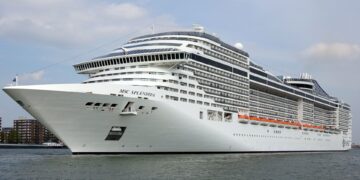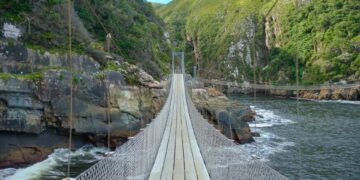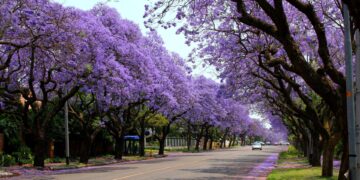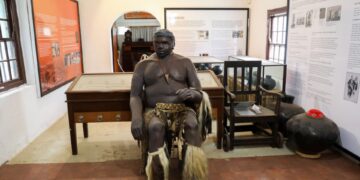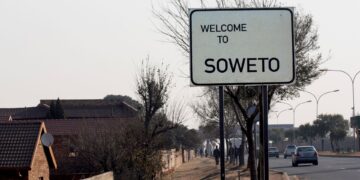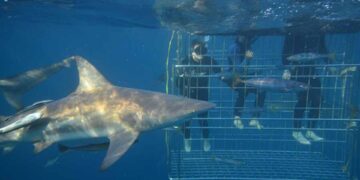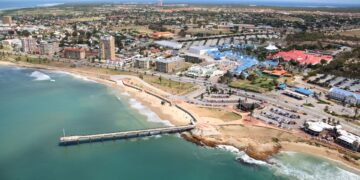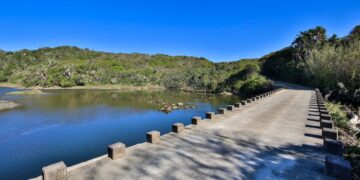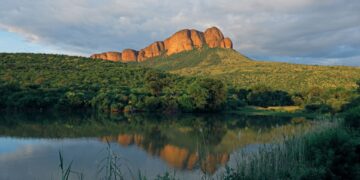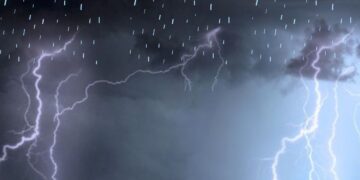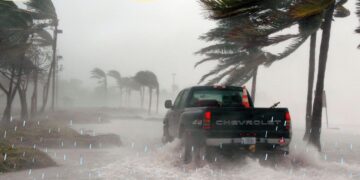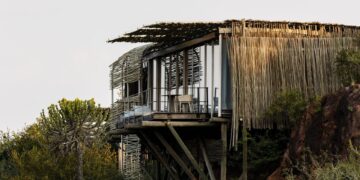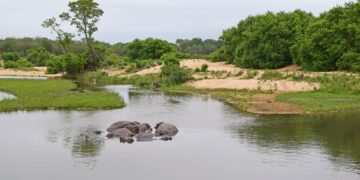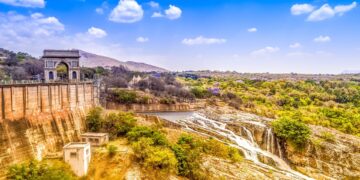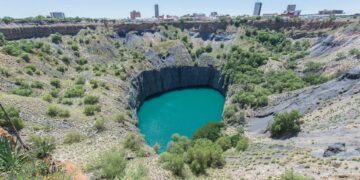Steps to ensure a consistent supply of water in South Africa are urgently needed.
The world is being impacted by extreme weather conditions and the water supply in communities, cities and organizations is being drastically affected on a daily basis.
By 2025 it is thought that Africa will be the worst affected with no fewer than 25 African countries out of 48 being seriously affected by water shortages. This means that approximately 460 million African people will be living in water-stressed areas and 230 million will be living in areas where there is water scarcity.
In 1983 Abeco Tanks was started to be a solution to this immense problem and had the foresight to see ahead and decided to offer a solution by starting the world’s first ‘water bank.’
Today Mannie Ramos Jnr is the COO of Abeco Tanks and the company has been supplying world-class water storage tanks throughout Africa and abroad.
Four pillars – agriculture, mining, industry and business run the African developing economies and all four are reliant on a continuous supply of water for their success. Bearing this in mind it is clear that a strategy is needed to ensure there is no interruption in the water supply.
The negative impact of a lack of planning for when there is a water shortage would result in a serious loss to the African economy that would impact millions of jobs and lives.
Urban areas in Sub-Saharan Africa are inhabited by 472 million people making it the region experiencing the fastest urbanization in the world. It is estimated that in 25 years it will reach over the 800 million mark.
It goes without saying that this number of people is placing a huge demand on the water supply and the problem that is fast arising is that there is not enough increase in reservoir capacity.
The other problem we face is that humans waste a staggering amount of water. The people living in the rural areas have more of an appreciation for water as they are walking long distances and standing in long queues to collect water every day. On the other hand, those living in urban areas with water flowing through their taps on a daily basis tend to take it for granted.
People living in Cape Town were given a wake-up call in 2018 when the water shortage reached a crisis point that almost caused the taps from being completely turned off.
“Water supply is not a given and the attitude that it needs to change” stresses Ramos. “It is imperative that we don’t ignore the warning signs and wake up to a serious crisis that then puts the existing water supplies under massive pressure. It is extremely important that every individual understands the seriousness of a water supply shortage and develops and implements a plan for water continuity.”
The approximate water usage in a dwelling per person per day is currently 104 litres a day for showering, using the hand basin, drinking water, cooking water and dishwashing. We still need to add the water used for flushing the toilet, using the washing machine, general cleaning and irrigation.
During the Cape Town water crisis, each person was restricted to 13 gallons or 52 litres a day and the amazing thing is people managed. All kinds of methods were instituted to save water and a lot of Capetonians still have the mindset to save water even though the crisis is over.
Mannie Ramos Jnr outlines several water-saving strategies to help communities, businesses, industries and governments plan for water continuity.
1. Educate
For the long-term success of water conservation initiatives, it is vital to educate people that water is the most precious commodity. It is more precious than gold or money as without it the economy cannot function. Train your employees on saving water, reusing it and storing it. Put up signs around the office with tips on how to save water. Institute a water conservation policy and include it in the culture of your company.
2. Use a water ‘bank’ to store water
Abeco Tanks supply steel water tanks in a variety of sizes to store water for times of interrupted water supply. If all facilities that need water to operate had an adequate ‘water bank’ in place the stress on the city’s infrastructure would be lifted and the facilities would be able to remain open and running.
3. Implement solutions for water reuse
Take the time to investigate innovative solutions to reuse water in your businesses and homes.
Governments should be doing the same. Israel was the first to build desalination plants and now they supply 55% of the country’s drinking water.
4. Install greywater recycling systems
Greywater is non-drinking water that comes from showers, baths, basins, kitchen sinks, washing machines and dishwashers. There are greywater recycling systems available where the water is pumped into a water tank for use in the garden and to flush toilets.
By using it you eliminate the pressure on the municipal infrastructure, save water and save money on your water bill.
5. Recycle rainwater
Rainwater tanks can be installed at any building to harvest rainwater from the roof into a water tank for recycling in toilets, basins and irrigation.
6. Water conservation initiatives one can undertake:
- Leakages: check to see if you have any leaking pipes, taps or toilets. 60% of water usage comes from water leakages.
- Check your water bill for a change in consumption
- Maintain the plumbing
- Install water-efficient taps with flow restrictors. These save up to 50% of water usage
- Install dual flush toilets. Full flush toilets use about 11 litres per flush. A dual flush toilet reduces that to 4.5 litres for a full flush and 3 litres for a half flush. This is a saving of up to 80%!
- Reduce the flush size by using lower volume cisterns
We are all responsible for water conservation and if everyone took steps to save water the possibility of an interrupted water supply would be drastically reduced. It is time for a shift in mindset because none of us are entitled to water, it is a precious commodity that should be appreciated and treated with respect.
View: Water tanks for sale








